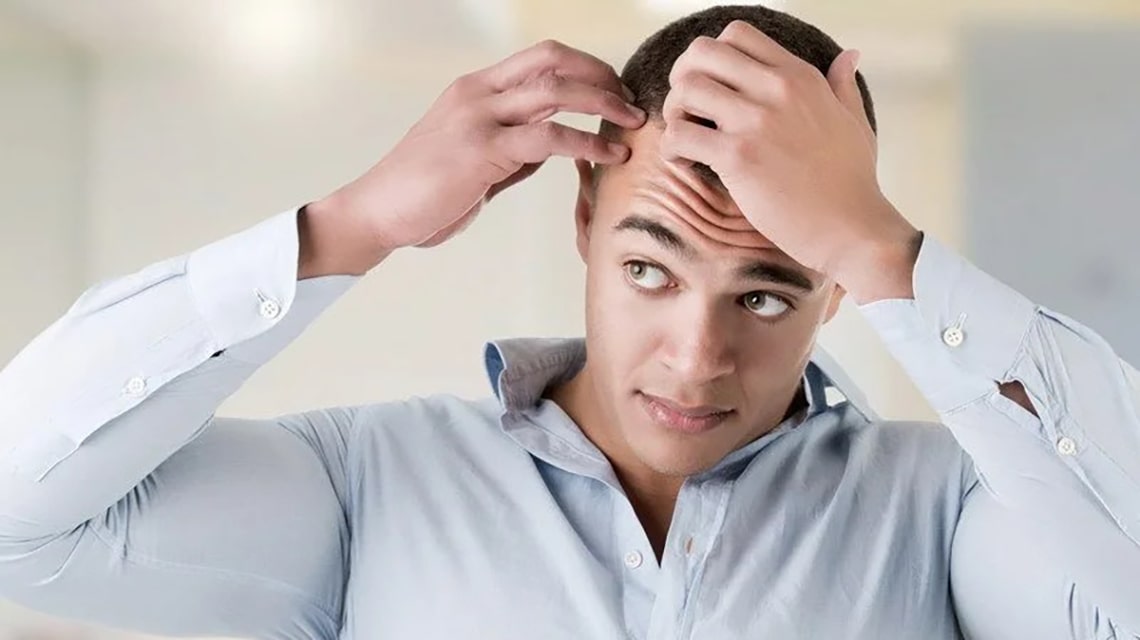Men, Hair Loss, and PRP Injections

Have you ever been in a situation in which you really wanted to see the doctor about a particular set of symptoms but were just too embarrassed to make an appointment?
According to WTHR-TV in Indianapolis, this sort of thing frequently happens among men. There are apparently a number of conditions that men are just too embarrassed to talk about. Hair loss is one of them.
Hair loss is extremely common. It is so pervasive that the American Academy of Dermatology estimates some 80 million adults display some level of hair loss at any given time. Moreover, it affects both men and women. So what are the treatment options? The doctors and clinics we work with offer platelet-rich plasma (PRP) injections as an alternative to more traditional treatments. Those other treatments include pharmaceuticals, hair transplant surgeries, and artificial wigs and toupees.
A Loss of Manliness
There is no need for men to be embarrassed about the hair loss, at least from a medical perspective. From a personal perspective however, it’s a different matter. Many men perceive hair loss as a sign of diminished masculinity. Perhaps that’s cultural to some degree. Regardless, it is what it is.
Men may be afraid to approach their doctors about hair loss because such conversations make them feel less manly. Others might also be concerned that seeking out a solution makes them appear vain. As difficult as it is, they would rather continue living with the problem than actually trying to fix it. This is where we think PRP therapy can make a real difference.
Restoring Natural Hair
The goal of PRP therapy as a hair loss treatment is to restore natural hair by encouraging the body to regrow it. To understand how this works, an explanation of why hair loss occurs is in order. Male pattern baldness, also known as alopecia, is a result of follicles no longer producing hair. Alopecia increases with age. Why? Because nothing in our bodies works as well in middle age as it did in our 20s.The body just wears out. PRP therapy is designed to boost the body’s ability to do what it used to do on its own. In the case of hair loss treatment, the goal is to encourage those follicles to start growing hair again. The tools for doing this are the platelets and growth factors found in PRP serum.
A Typical PRP Procedure
Dermatologists treat alopecia with a fairly straightforward PRP procedure. After initial consultation to determine whether or not PRP therapy is right for a particular patient, the patient is scheduled for a return visit. On that return visit, the first step is to conduct a
standard blood draw that is no different than a blood draw for lab tests.
The blood is processed in a specialized centrifuge to separate the platelets and plasma from the rest of the material in the blood. The resulting plasma has a much higher concentration of platelets per milliliter. It also contains a range of growth factors already scientifically proven to influence tissue growth.
After processing, the material is applied to the patient’s scalp through either direct injections or a process known as micro-needling. The procedure is completed in short order and the patient returns to normal activity. In most patients, several treatments are required in order to achieve the best results. And of course, results do vary.
Male pattern baldness may be embarrassing, but it is very treatable. If you are living with moderate to severe hair loss, we encourage you to see a dermatologist and ask about PRP therapy.


